In the world of small businesses, the product itself is undoubtedly crucial.
However, the way it’s presented to the customer can make all the difference.
Think about it: when you receive a product wrapped thoughtfully, with attention to detail, doesn’t it make the experience more memorable?
Small business packaging ideas are not just about protection but about creating an experience, a memory, and a bond with the customer.
It’s about standing out in a crowded market and making sure your product isn’t just purchased but remembered and cherished.
Post Contents
- 1 Best Small Business Packaging Ideas
- 1.1 1. Custom-Printed Boxes
- 1.2 2. Sustainable Packaging
- 1.3 3. Hand-Painted Wraps
- 1.4 4. Personalized Thank You Notes
- 1.5 5. Reusable Packaging
- 1.6 6. Interactive Packaging
- 1.7 7. Minimalistic Design
- 1.8 8. Vintage Packaging
- 1.9 9. Transparent Packaging
- 1.10 10. Multi-Functional Packaging
- 1.11 11. Textured Packaging
- 1.12 12. DIY Packaging Kits
- 1.13 13. Seasonal Packaging
- 1.14 14. Eco-Friendly Fillers
- 1.15 15. Personalized Stickers and Labels
- 2 Conclusion
Best Small Business Packaging Ideas
Whether it’s a custom-printed box, a hand-painted wrap, or a uniquely shaped container, the packaging tells a story about your brand and what you stand for.
So, as we delve into the world of creative packaging, remember that it’s not just about containing a product; it’s about conveying its essence.
1. Custom-Printed Boxes
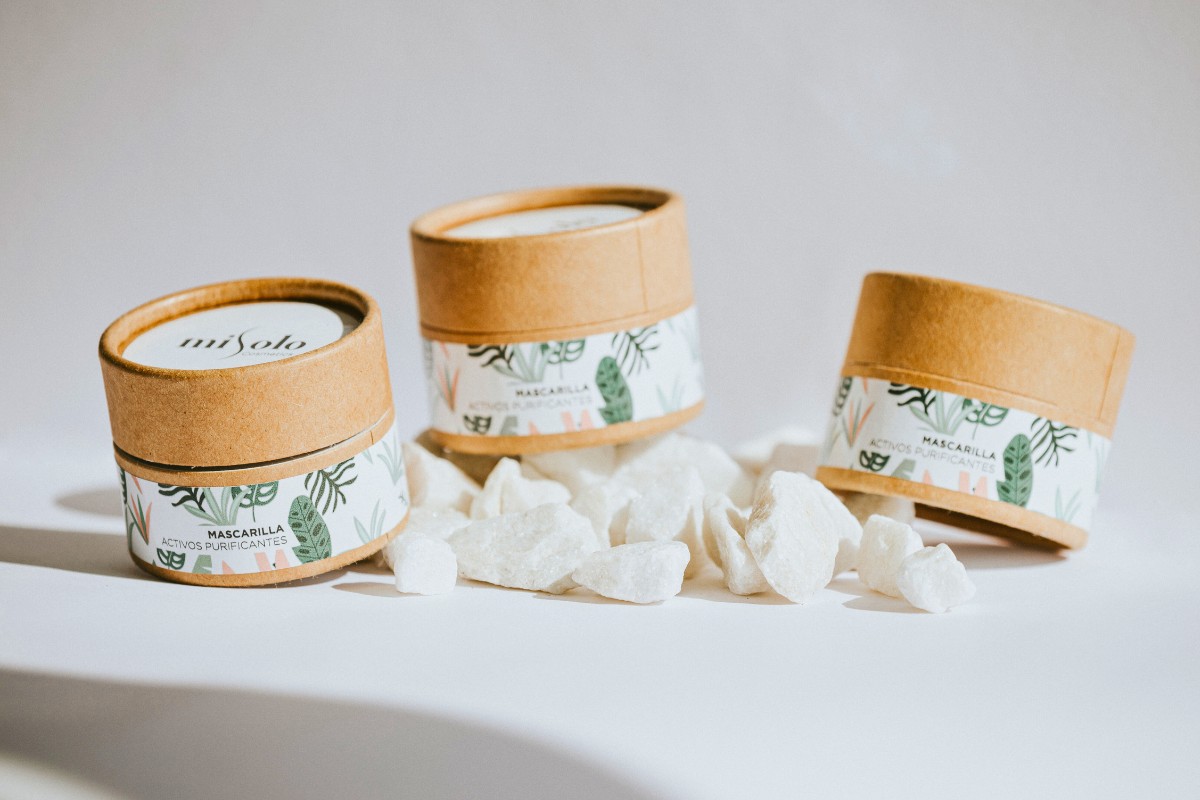
Custom-printed boxes are a staple in the packaging world.
They offer businesses the flexibility to convey their brand story, values, and essence.
With the right design, colors, and logo placement, a custom-printed box can make a lasting impression.
These boxes can be tailored to fit products of all sizes and shapes, ensuring a snug fit and protection.
The versatility of custom-printed boxes means they can be used for a variety of products, from cosmetics to electronics.
Furthermore, they can be made from various materials, including cardboard, plastic, or even eco-friendly alternatives.
2. Sustainable Packaging

The wave of environmental consciousness has made sustainable packaging a significant trend.
Using materials that are biodegradable or recyclable not only reduces the carbon footprint but also resonates with eco-conscious consumers.
Brands can use this as a selling point, showcasing their commitment to the environment.
This approach not only appeals to a growing segment of consumers but also aligns with global sustainability goals.
As more consumers prioritize eco-friendly products, sustainable packaging can offer a competitive edge.
Additionally, sustainable materials often come with the added benefit of being durable and long-lasting.
3. Hand-Painted Wraps
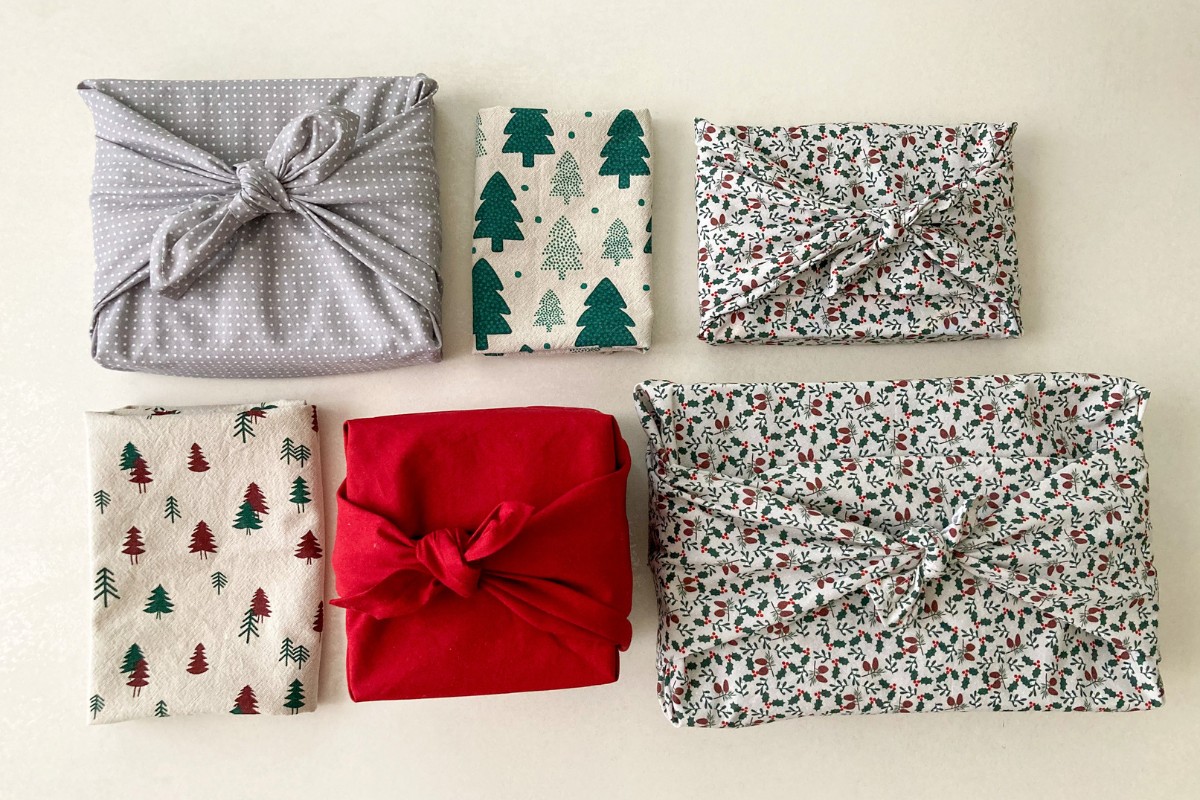
Hand-painted wraps add a touch of personalization and artistry to products.
Especially suited for artisanal or handcrafted products, each wrap becomes a piece of art in itself.
This method of packaging is particularly effective for limited edition items or luxury goods.
The hand-painted element emphasizes the care and attention given to each product, making it feel exclusive.
It’s a testament to the craftsmanship and dedication of the brand.
Moreover, the uniqueness of each wrap ensures that customers feel they’re receiving something truly special, further enhancing brand loyalty.
4. Personalized Thank You Notes
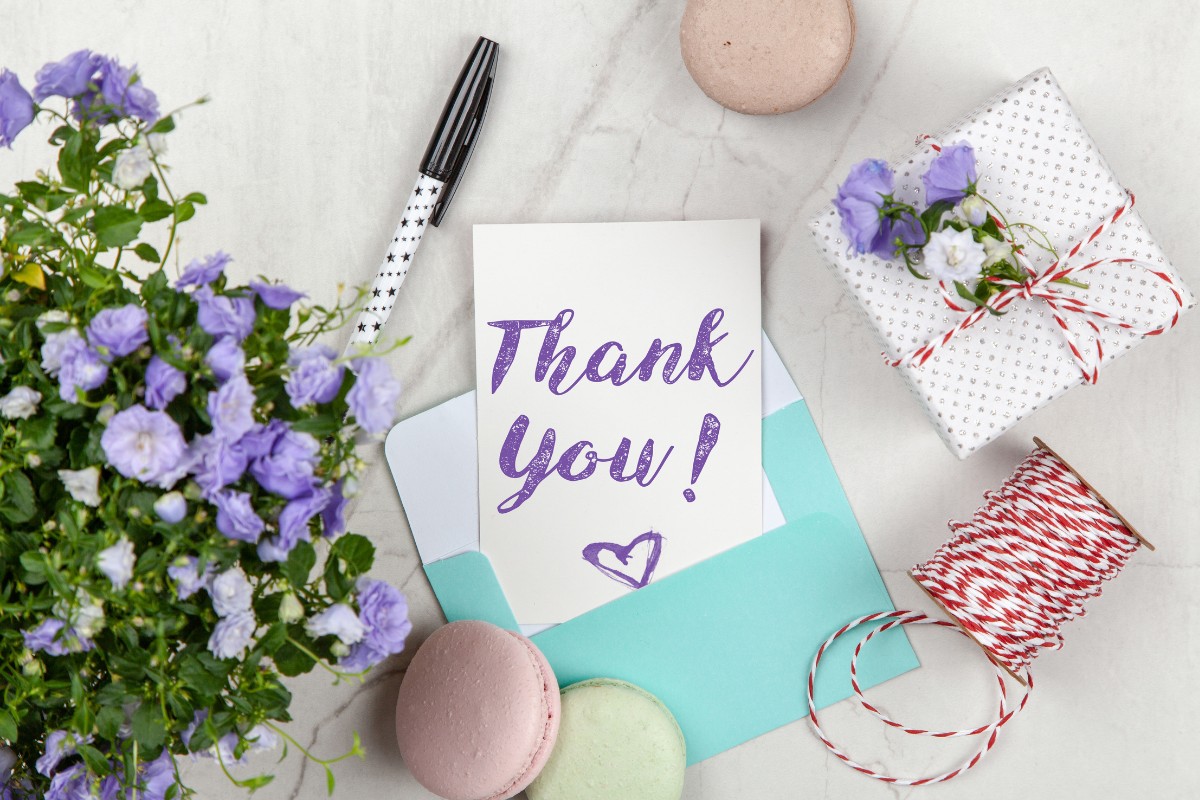
Including personalized thank you notes in the packaging can make customers feel valued and appreciated.
Whether it’s a handwritten note or a beautifully designed card, this personal touch can significantly enhance the unboxing experience.
It’s a small detail that can lead to increased customer loyalty and positive word-of-mouth.
Personalized notes can also provide information about the product, care instructions, or even a brief story about the brand’s origins.
They serve as a bridge between the brand and the consumer, fostering a deeper connection.
In an age of digital communication, a physical note stands out, making the gesture even more meaningful.
5. Reusable Packaging
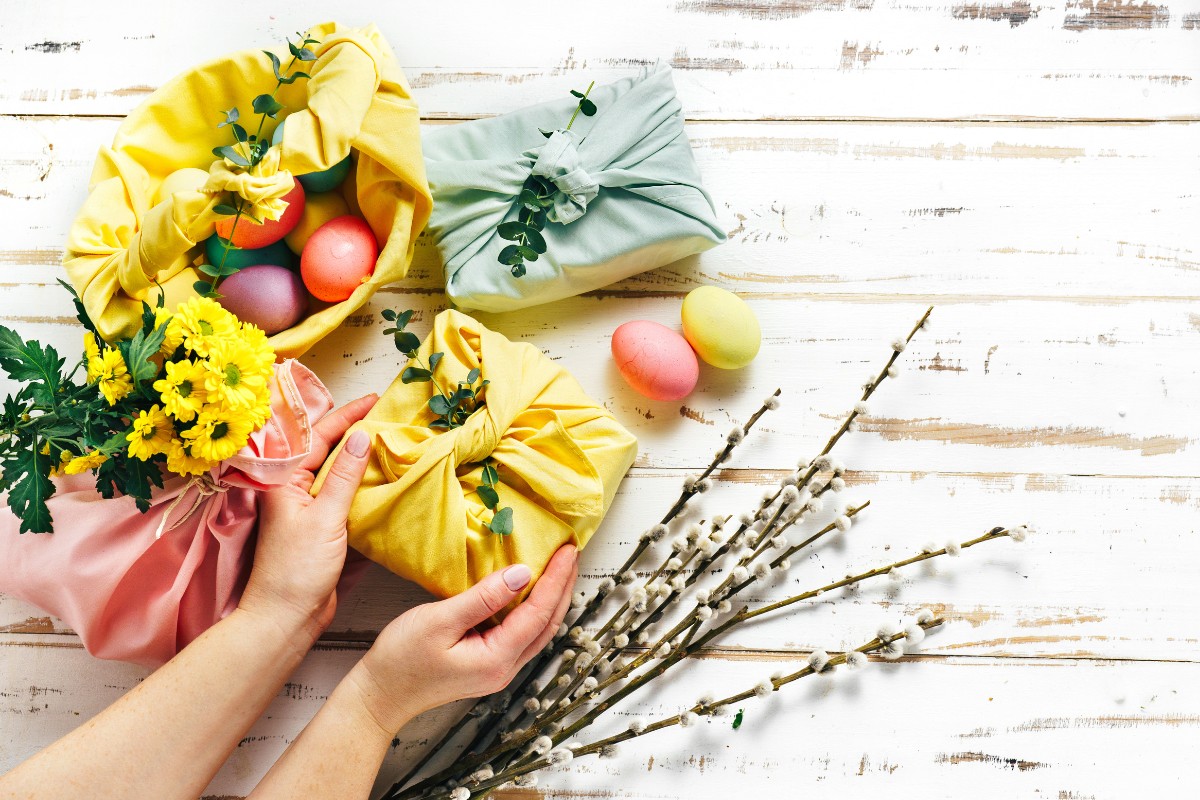
The concept of reusable packaging is not just an eco-friendly initiative but also a smart business strategy.
Instead of single-use packaging that ends up in the trash, reusable packaging can be repurposed by customers, adding value to their purchase.
This could be in the form of cloth bags, metal tins, or even glass jars.
By offering reusable packaging, brands can also reduce their overall packaging costs in the long run.
Customers appreciate the added utility and often view brands that offer reusable packaging more favorably.
This approach also aligns with the global shift towards sustainability and reducing waste.
6. Interactive Packaging
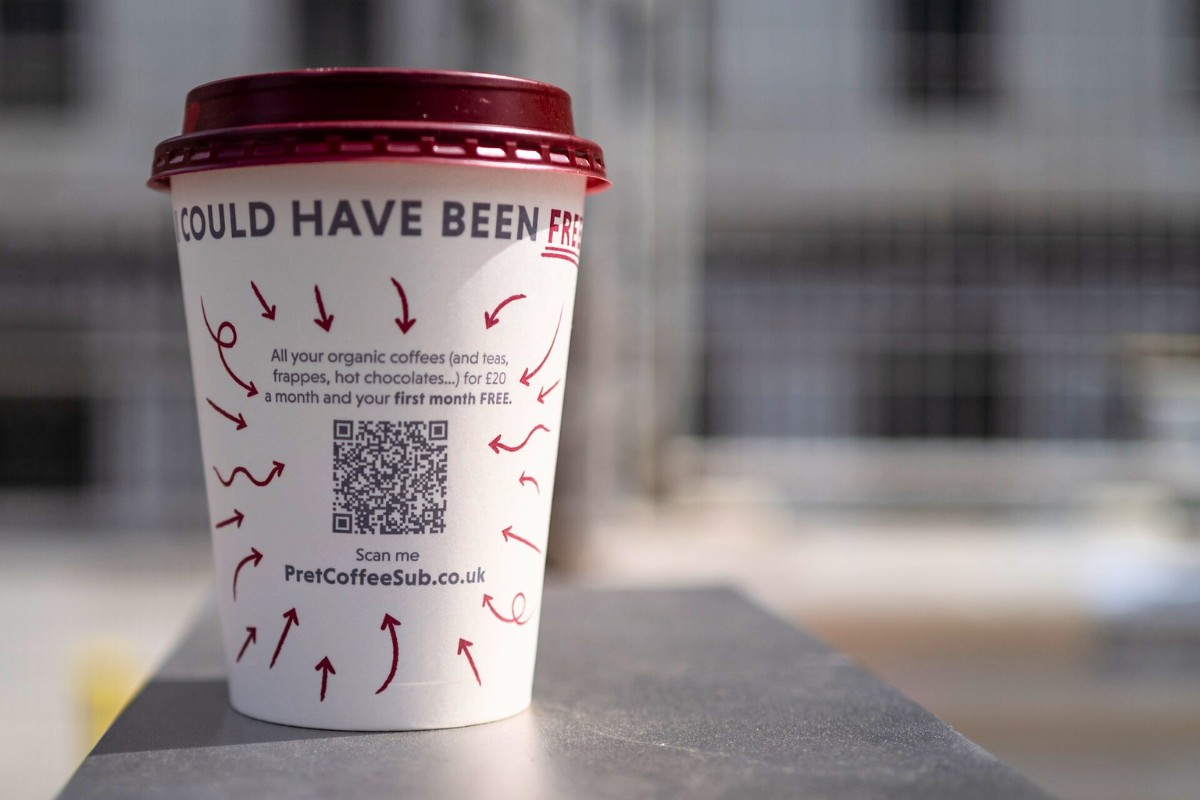
Interactive packaging transforms the unboxing process into an engaging experience.
This could involve puzzles, QR codes linking to exclusive content, or even DIY kits that customers can assemble.
Such packaging not only entertains but also fosters a deeper connection between the brand and the customer.
It’s an innovative way to prolong brand interaction and ensure that both the product and its packaging remain memorable long after the purchase.
Interactive elements can also provide valuable information about the product, its usage, or the brand’s story.
It’s a blend of entertainment and education, making the product more appealing to consumers.
7. Minimalistic Design
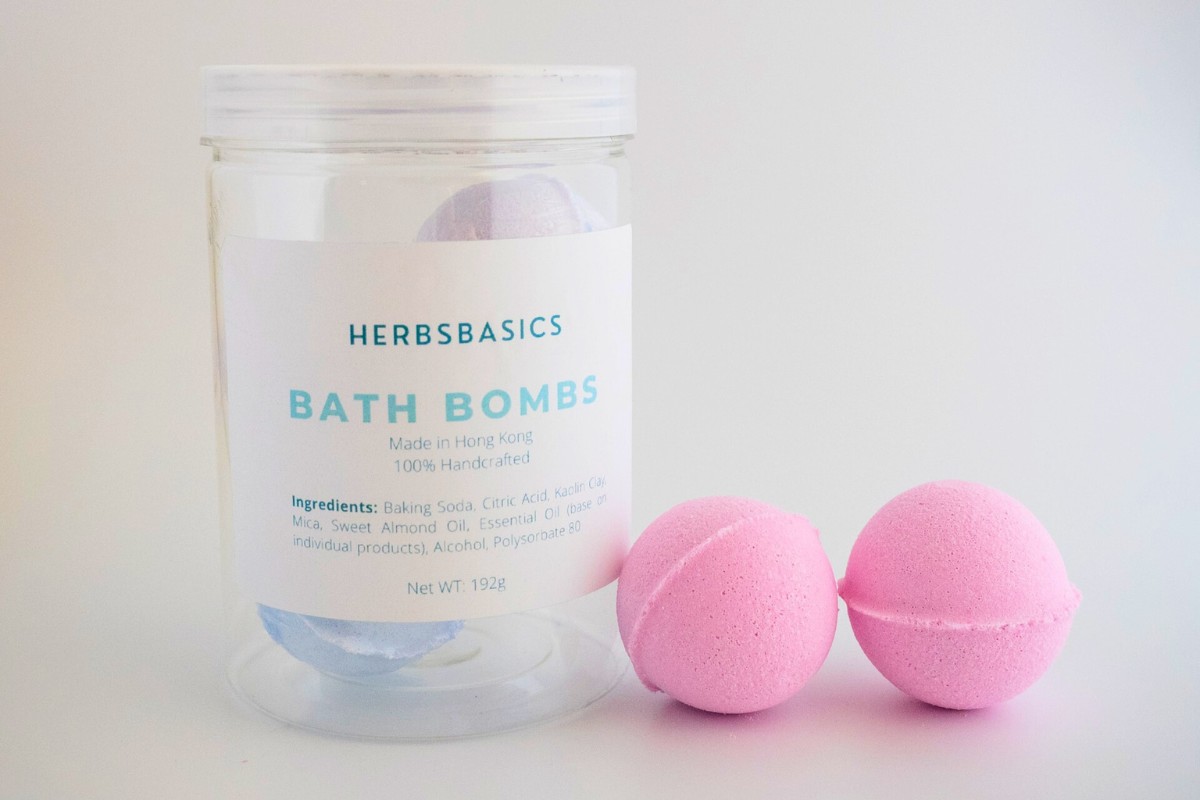
Simplicity can be powerful, especially in packaging.
Minimalistic packaging, with its clean lines and uncluttered design, ensures that the product remains the focal point.
This design philosophy resonates with modern consumers who often prefer understated elegance over flashy designs.
Minimalistic packaging also often results in reduced material usage, making it a more sustainable option.
The clarity and straightforwardness of such designs can make products easy to identify and select, especially on crowded shelves.
Brands aiming for a sophisticated image often opt for minimalistic packaging, ensuring that the product speaks for itself.
8. Vintage Packaging
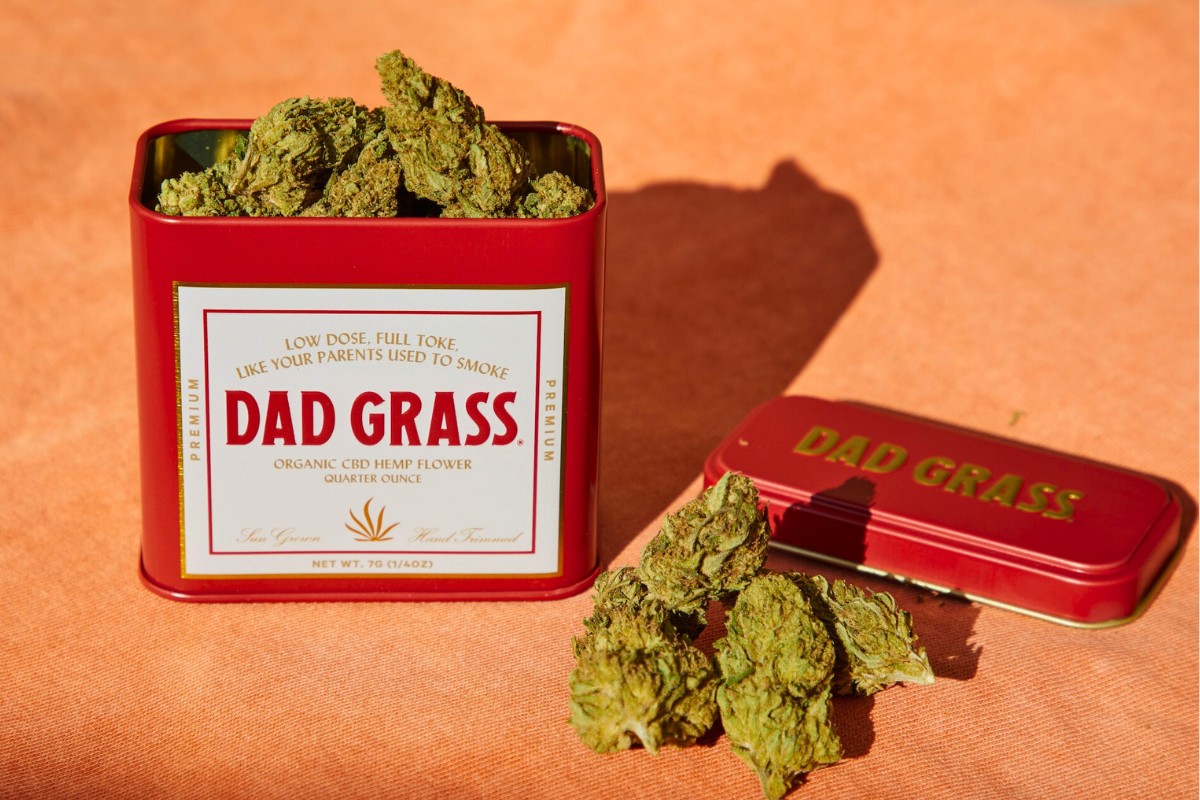
There’s a certain charm associated with the past, and vintage packaging taps into that nostalgia.
Using retro fonts, colors, and designs, this style of packaging appeals to those who have an appreciation for the aesthetics of bygone eras.
It’s especially effective for products that have a historical or artisanal touch, creating a sense of timelessness and value.
Vintage designs can evoke emotions and memories, making the unboxing experience more profound.
They can also differentiate a product in a market dominated by modern designs.
For brands with a story rooted in history or tradition, vintage packaging can be the perfect fit.
9. Transparent Packaging
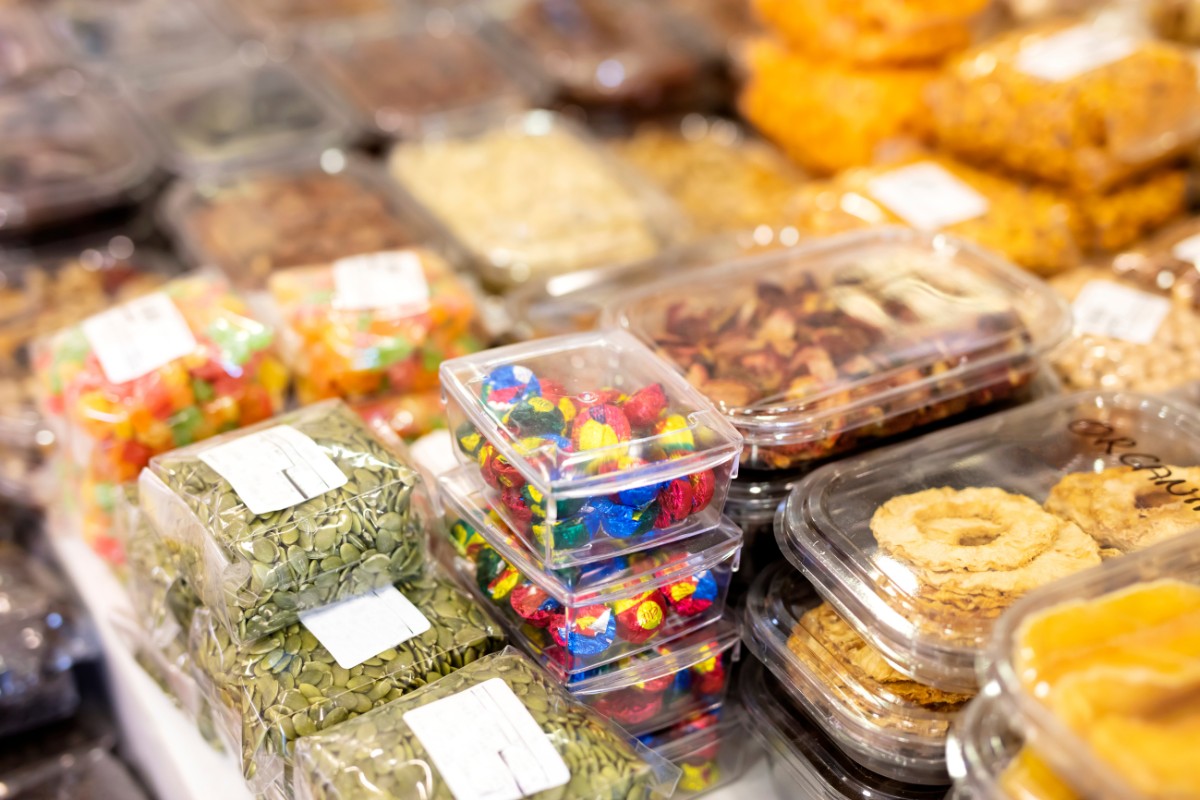
Transparency in packaging offers a literal and figurative clear view of the product.
Whether it’s through clear plastic, glass, or another see-through material, this style of packaging builds trust with customers.
It sets clear expectations and reduces the uncertainty often associated with opaque packaging.
Transparent packaging can also highlight the quality and features of the product inside, making it a selling point.
It’s especially effective for products where appearance or freshness is crucial, such as food items or cosmetics.
Brands that have nothing to hide and take pride in their product’s appearance can benefit immensely from transparent packaging.
10. Multi-Functional Packaging
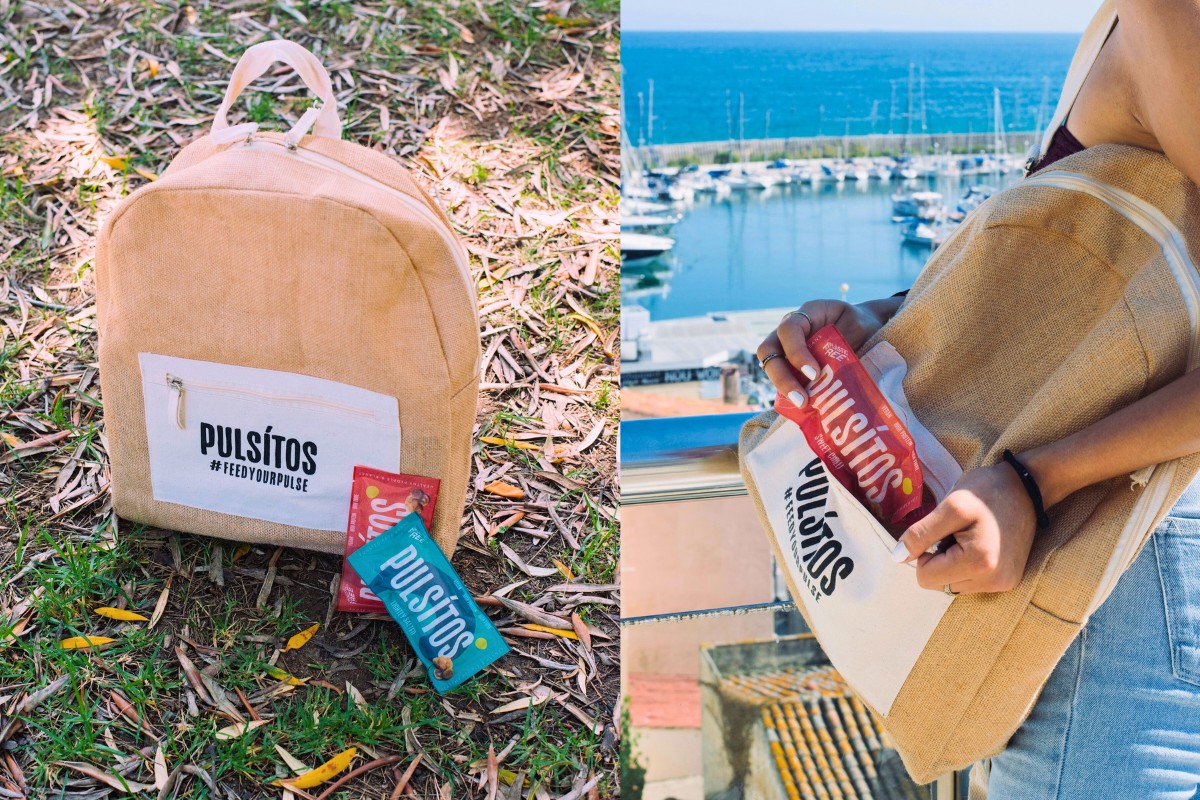
Innovation in packaging often leads to multi-functionality.
Packaging that serves more than its primary purpose offers added value to customers.
This could be a box that doubles as a hanger or a container that can be repurposed for storage.
Such packaging solutions are not only cost-effective but also enhance the user experience, making the product more appealing.
Multi-functional packaging can also reduce waste, as customers are more likely to repurpose it rather than discard it.
It’s a win-win for both the brand and the environment.
11. Textured Packaging
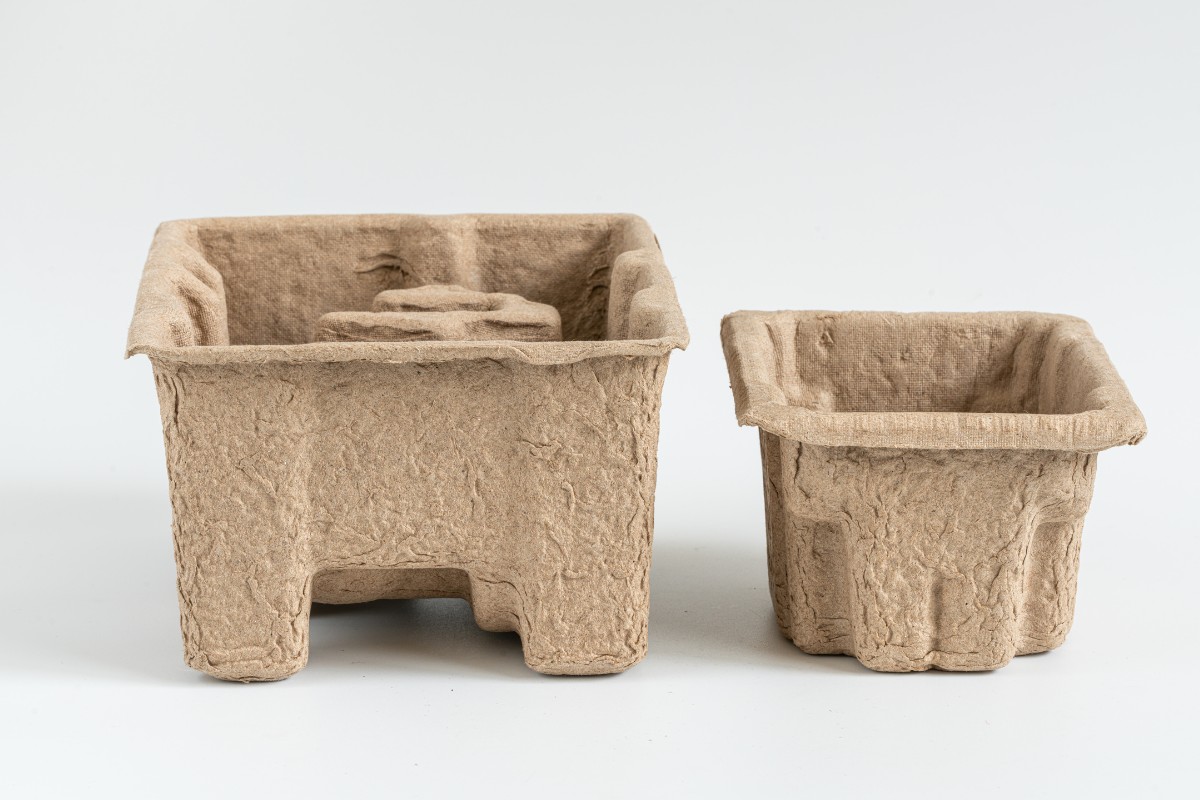
The tactile experience of unboxing a product can be enhanced with textured packaging.
Whether it’s embossed designs, ribbed surfaces, or other textured elements, this style of packaging can make a product stand out.
It adds a sensory dimension to the unboxing process, ensuring that customers remember the experience long after the purchase.
Textured packaging can also provide a better grip, making it more functional, especially for products that might be slippery or delicate.
It’s a blend of aesthetics and utility that can elevate the overall packaging design.
12. DIY Packaging Kits
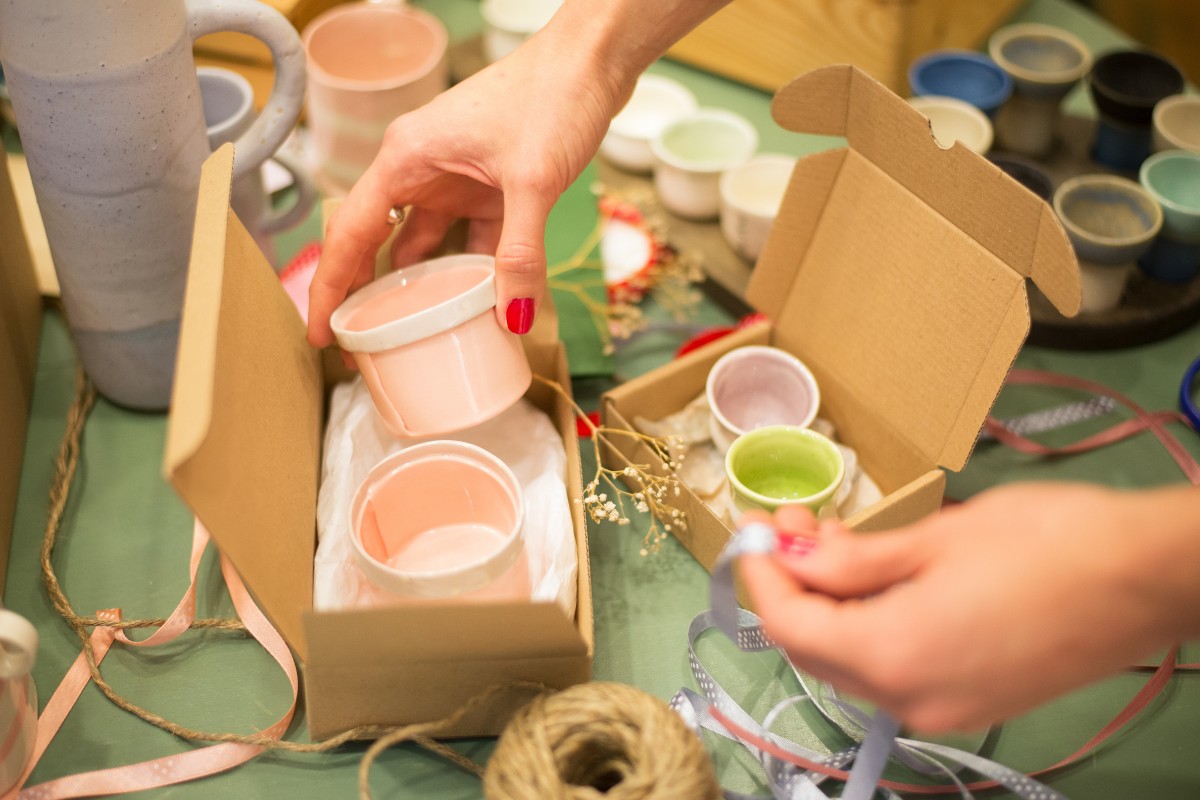
Encouraging creativity, DIY packaging kits allow customers to add a personal touch to their products.
These kits can include stickers, paints, or other decorative elements.
It’s a unique way for brands to engage with their customers, fostering a sense of ownership and attachment to the product.
By allowing customers to be a part of the packaging process, brands can create a deeper emotional connection.
This interactive approach not only enhances the product’s value but also makes the unboxing experience more memorable and personalized.
13. Seasonal Packaging
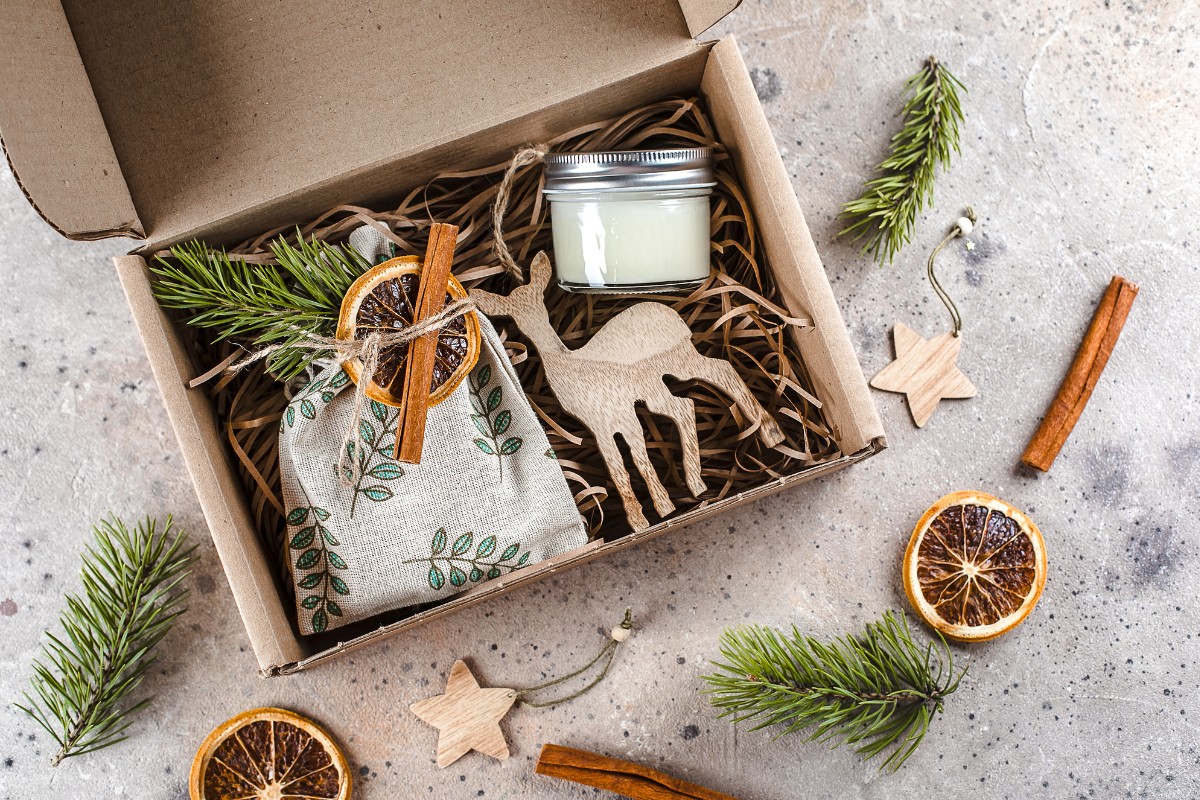
Tapping into the festive spirit, seasonal packaging aligns with various festivities or seasons.
Whether it’s Christmas-themed designs, summer-inspired colors, or autumnal hues, this style of packaging resonates with timely events and can attract more customers during specific seasons.
Seasonal packaging can evoke emotions, memories, and anticipation associated with particular times of the year.
It allows brands to refresh their look periodically, keeping the customer experience fresh and exciting.
Moreover, it provides an opportunity for limited-time offers or products, creating a sense of urgency and exclusivity.
14. Eco-Friendly Fillers
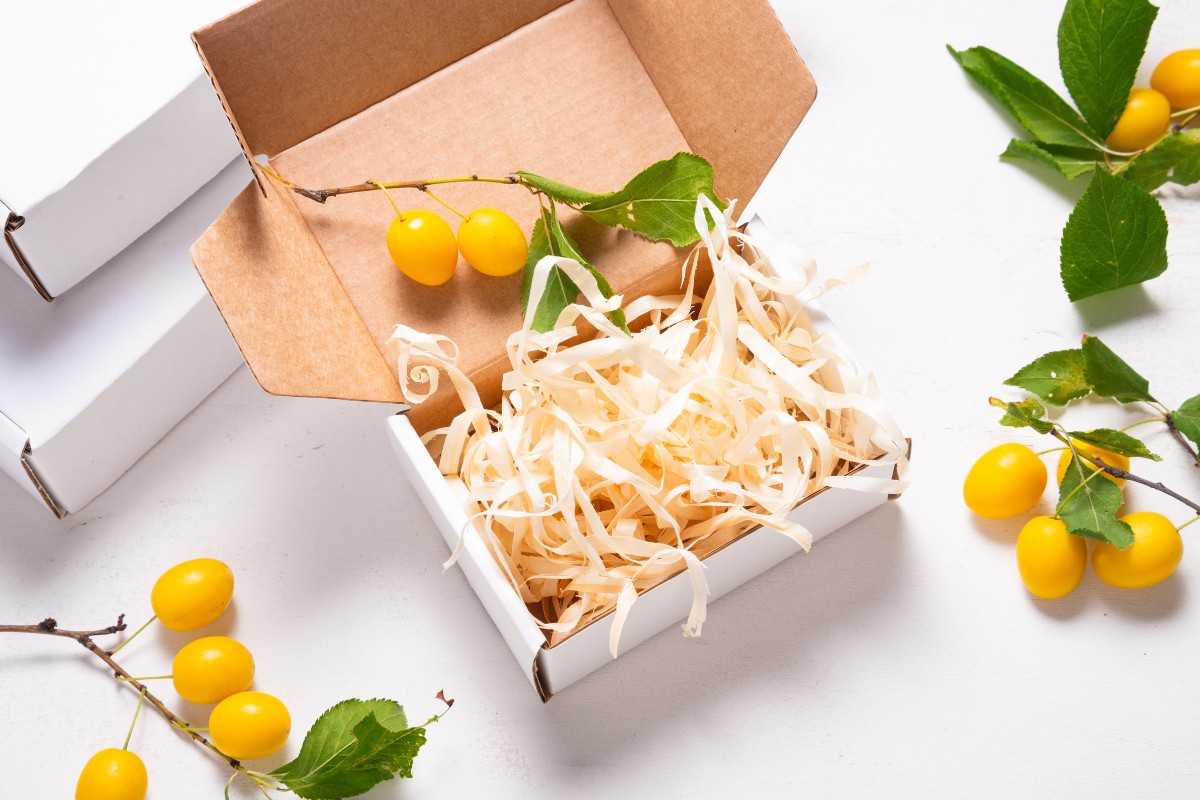
Moving away from traditional bubble wrap or plastic fillers, eco-friendly fillers are gaining popularity.
Materials like shredded paper, cornstarch peanuts, or even organic fabrics can protect the product while emphasizing sustainability.
Brands that prioritize eco-friendliness can use these fillers to reduce their carbon footprint and appeal to environmentally-conscious consumers.
These sustainable alternatives not only showcase a brand’s commitment to the environment but also resonate with a growing segment of consumers who prioritize green initiatives.
By adopting eco-friendly fillers, brands can position themselves as responsible and forward-thinking, enhancing their overall brand image.
15. Personalized Stickers and Labels
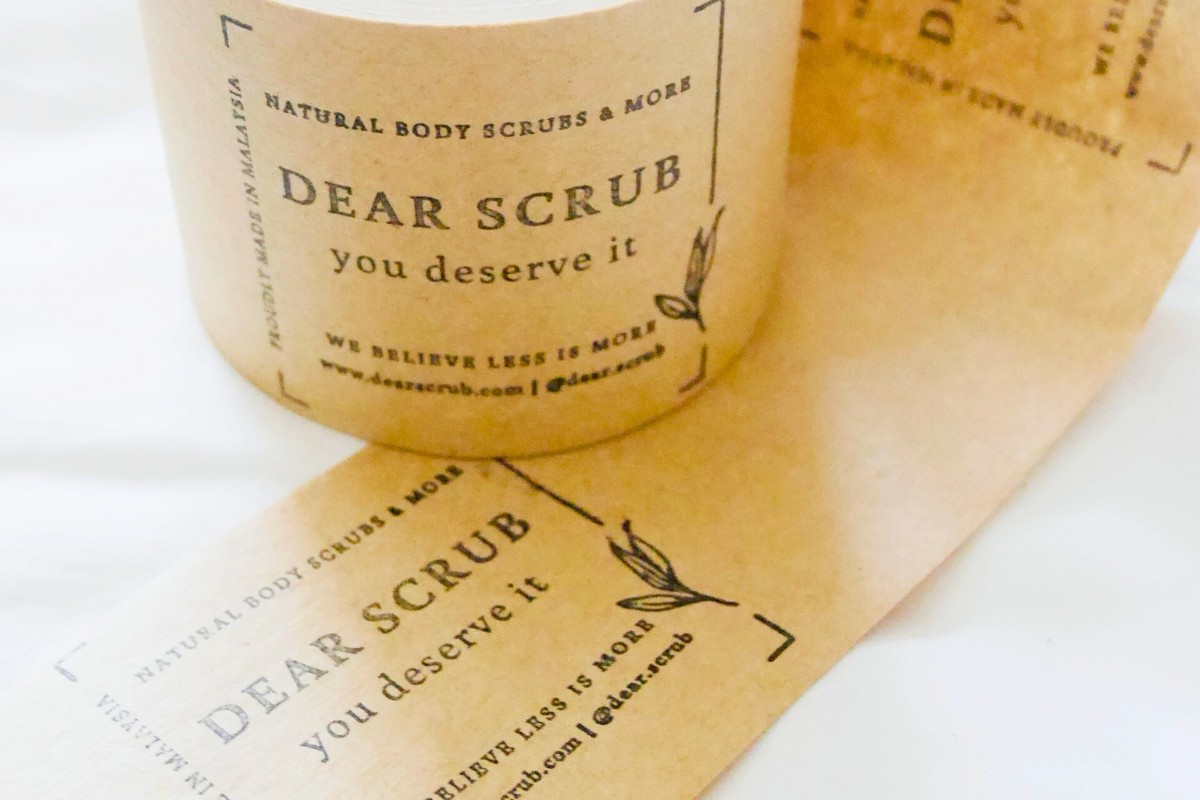
Stickers and labels offer a cost-effective way to personalize packaging.
They can carry brand logos, personalized messages, or even customer names.
Easily changeable and updatable, they add a touch of personalization to any product.
Brands can use them for promotions, seasonal offers, or to simply make their customers feel special.
The versatility of stickers and labels allows for quick adaptations to market trends or customer feedback.
Furthermore, they provide an opportunity for brands to convey important information, tell their brand story, or even incorporate interactive elements like QR codes.
Conclusion
In today’s competitive market, small business packaging ideas can play a pivotal role in differentiating products and creating memorable brand experiences.
The right packaging can elevate a product, making it more than just an item but an experience in itself.
As we’ve explored these diverse packaging strategies, it’s evident that innovative packaging can be the differentiator that sets a brand apart.
In the ever-evolving retail landscape, where consumers are inundated with choices, a well-thought-out packaging strategy can indeed be the silent ambassador of a brand, speaking volumes without saying a word.







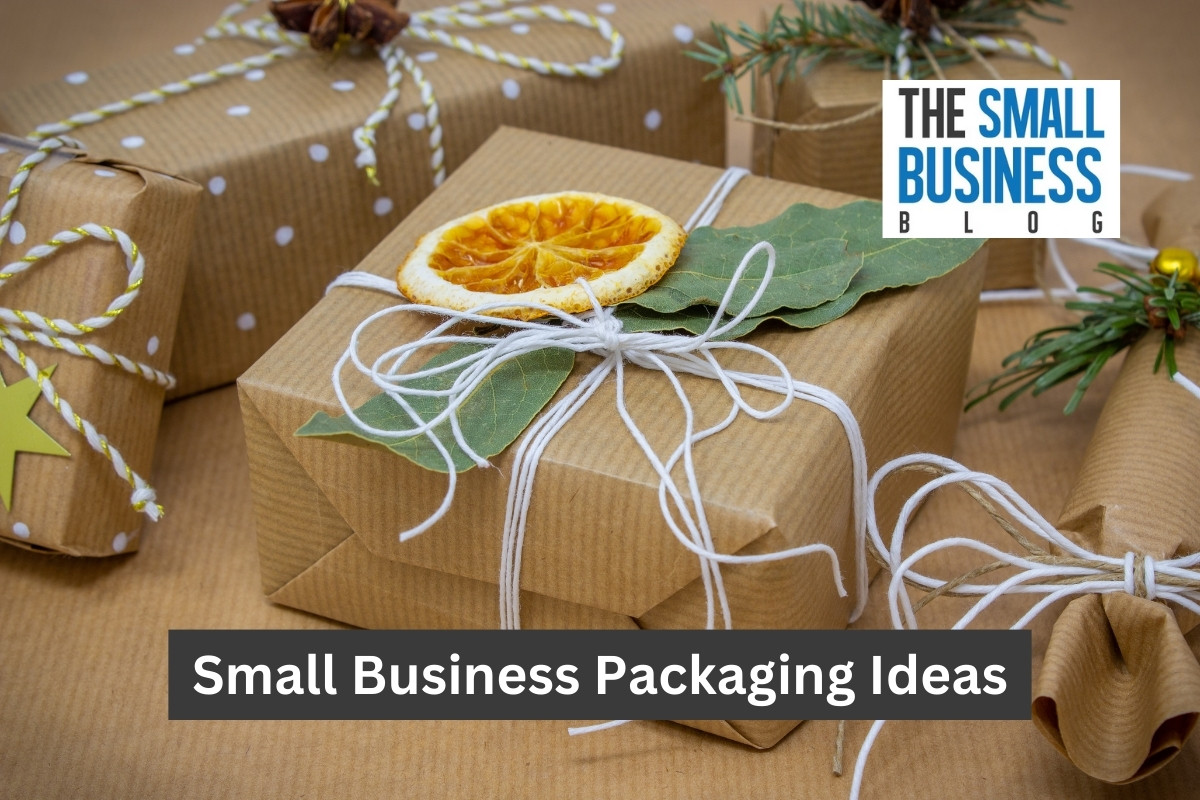


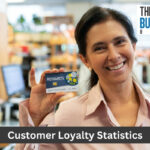




















3 thoughts on “15 Interesting Small Business Packaging Ideas for Your Brand in 2024”
Great Piece! I would have loved to see pictures though. I’m going to try out some of these with my new side hustle.
Lovely, was hoping to see pic examples for each item
I love this